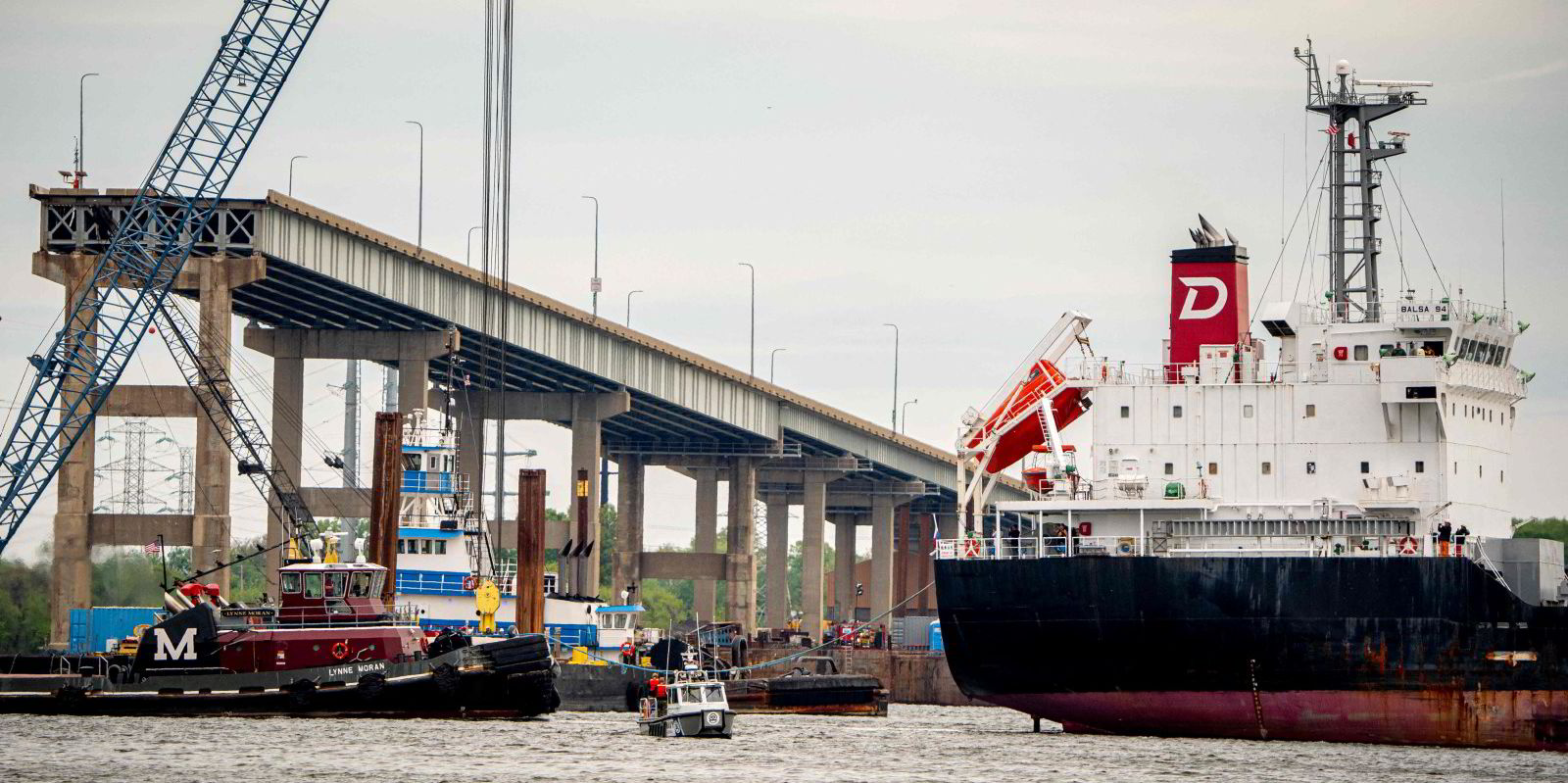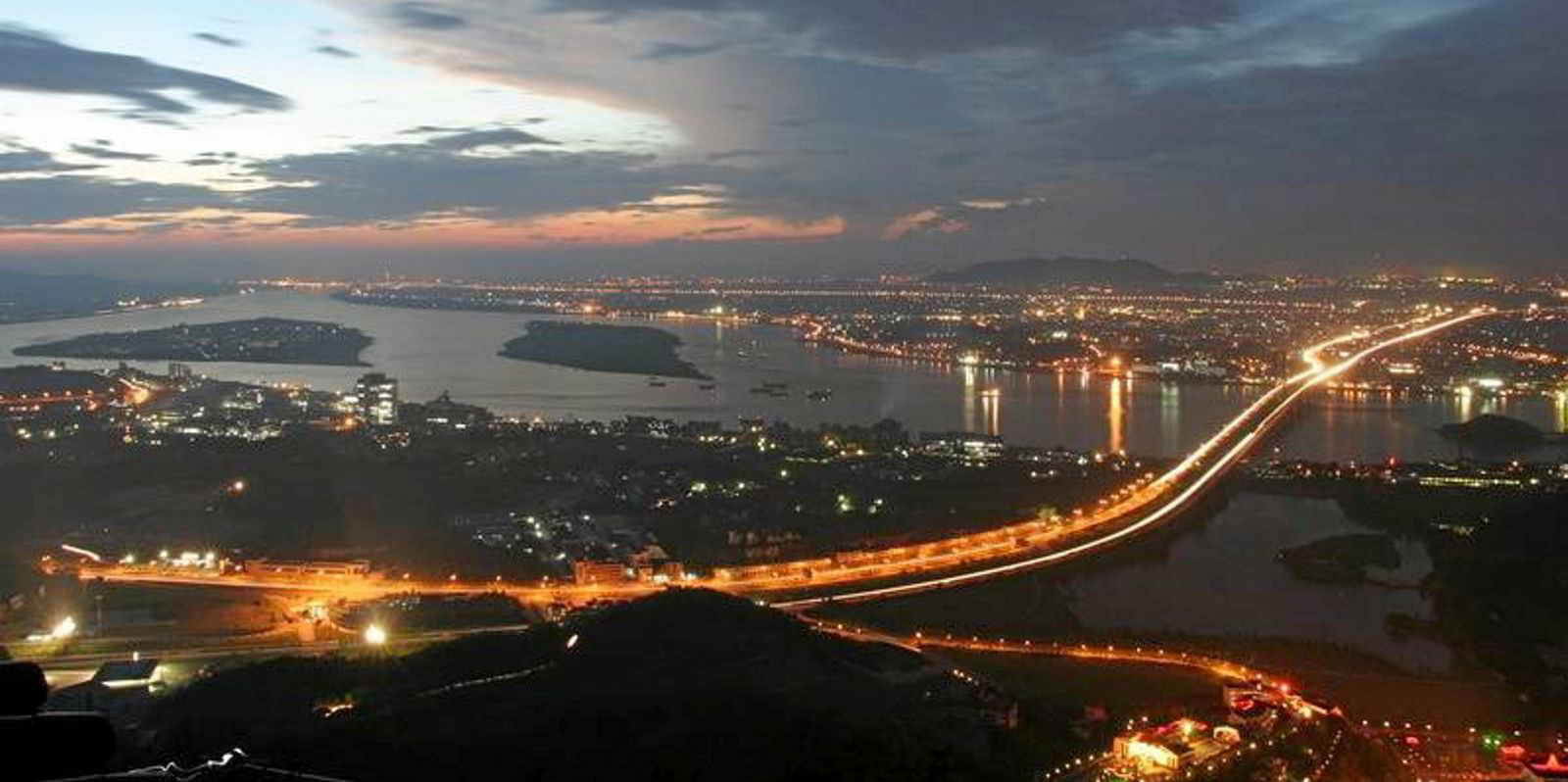A ship trapped by the collapse of the Francis Scott Key Bridge has become the first to depart on an ocean voyage, but its tiny size is a reflection of the challenge to open traffic to Baltimore’s still shut-in port.
Tracking data from VesselsValue shows that the 7,700-dwt general cargo ship Balsa 94 (built 2019) has left the Patapsco River and entered Chesapeake Bay, nearly a month after a Synergy Marine-managed container ship slammed into the bridge, which crumpled into the shipping channel connecting the port of Baltimore to the Atlantic.
The Balsa 94, which is owned by Japan’s Dowa Line and is bound for the Canadian port of Saint John, had arrived at Baltimore on 14 March before unloading its cargo. It is currently in ballast.
Its departure came days after the US Coast Guard announced that it had opened a new alternative channel to pass the bridge wreckage and the 9,962-teu container ship Dali (built 2015), which remains aground since the accident.
But the new canal is 20 feet deep, meaning ships’ draught is limited to six metres.
In ballast, the Balsa 96 has a draught of 4.6 metres. VesselsValue data shows that at least six other cargo vessels, not including the Dali and a casino vessel, are inside the area blocked by the bridge wreckage and have a draught of six metres or more even when empty of cargo.
Those ships include three bulkers: Oldendorff Carriers’ 81,300-dwt Klara Oldendorff (built 2019), which is laden with cargo; Wah Kwong Shipping’s 81,200-dwt JY River (built 2019), which is in ballast; and Precious Shipping’s 35,900-dwt Phatra Naree (built 2017), which is also in ballast.
Also inside the shut-in area are Spliethoff’s 23,700-dwt multipurpose ship Saimaagracht (built 2005), Wallenius Wilhelmsen’s 7,879-ceu car carrier Carmen (built 2011) and High Heat Tankers’ 15,000-dwt asphalt carrier Palanca Rio (built 2016). The Saimaagracht is listed in ballast, while the Carmen and Palanca Rio have cargo on board, according to VesselsValue.
The Coast Guard has taken a phased approach to opening the channel as salvage and investigation work continues.
The first two channels have allowed some tug and barge traffic to pass through the area, in addition to salvage vessels.
“Every day, members of the Key Bridge Response Unified Command are working tirelessly to complete the steps necessary to support full access to the Fort McHenry channel,” US Coast Guard captain David O’Connell, who is the top coordinator for the response effort, said on Friday.
“The opening of this third channel represents continuous progress towards this overarching objective.”





